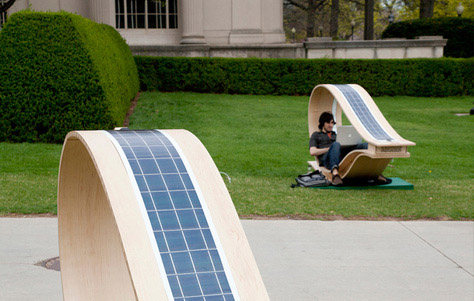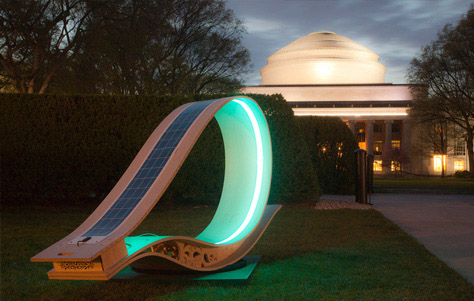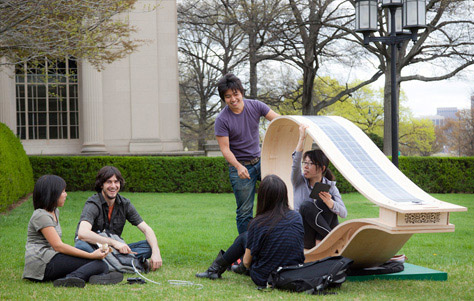United Parcel Service is rolling out a prototype delivery van that gets 40 percent better mileage than its familiar big, brown boxy predecessor.
The twist here is less high tech than you might guess: It's not a new recipe for electric batteries or some new exotic fuel. Rather, to deliver big fuel savings, UPS put one of its standard package vans on a strict weight loss program.
By replacing aluminum sheet body panels with rugged, lightweight ABS plastic, UPS engineers have lowered fuel consumption by about 40 percent. Using less sheet metal cut the truck's weight so much that UPS could then opt for a smaller, lighter engine, saving still more weight. All together, the changes have carved off 1,000 pounds, or about 10 percent, from the original 5-ton model, says Dale Spencer, UPS' director of automotive engineering.
Five of the slim-line trucks are going through a trial-by-fire at a mix of urban, suburban and rural facilities across the country. The design, known as CV-23 among UPS' engineers, was created in collaboration with diesel engine-provider Isuzu and Wakarusa, Ind.-based Utilimaster, which executed the composite body makeover.
The design team approached the makeover holistically, examining how one change affected others. For example, switching all of the vehicle's lights -- except headlamps -- to efficient LEDs further cut demands on the engine. In the final design a 150-horsepower, four-cylinder diesel with a six-speed transmission was able to replace the 200-horsepower power plant used in the older design.
The plastic body panels also offer maintenance savings. Rather than coating them with a layer of brown paint, the composite material is colored all the way through. This saves the weight of paint -- which can be 100 pounds or more -- but also hides minor scratches and dings. In today's trucks, if a ding exposes underlying metal, the truck requires a costly trip to the touch-up shop.
And if damage is worse than a ding, the panels are easy to swap out. In the case of a serious dent, current metal-body trucks would need a shop visit, to either patch or replace the damaged body panel. The CV-23 can avoid many of these service calls. Its panels are designed to snap on easily and are light enough to be stored in the garage for a quick makeover.
The environmental footprint in manufacturing is lower as well. "Composite materials use less energy to produce than aluminum," says Mike Britt, director of vehicle engineering at UPS. The elimination of body paint, he adds, removes a particularly toxic waste stream from the factory process.
While execs remained mum on the price tag of the lightweight redesign, the up-front costs of the changes are very affordable, they say. UPS replaces of 5,000 to 6,000 vehicles each year, as part of a constant process to maintain and update its worldwide fleet of 70,000-plus vehicles, which range from two-wheeled motorcycles to highway big rigs.
Assuming UPS' five test rigs pass a test period that ends this December, the lightweight design could in time substitute for perhaps a third of company's familiar delivery vans, says Spencer. It's likely to play a leading role in higher-mileage urban and suburban routes, where its efficiency will deliver the biggest returns.
While the CV-23's upgrades all use available-today technology to deliver green benefits as soon as possible, they also fit well with alternative fuel technologies that UPS is developing. "In the future, you'll see multiple platforms on multiple fuel sources in our fleet," says Britt.
UPS has a long tradition of tinkering with the drive trains of its iconic brown vans. In the long race to save energy, the company has cultivated a test fleet that has racked up well over 100 million miles. This green-car menagerie has included natural gas, hydrogen fuel cell EVs, and hybrids that use both battery electric and hydraulic systems.
The lightweighting effort could deliver the quickest, most dramatic savings UPS has seen from these efforts. "It may not be the most exciting technology that you read about," says Spencer, "but for a traditional vehicle, we found a big opportunity to give us a big difference for a conventional fleet, without changing our existing fuel infrastructure."

Images courtesy of UPS.






















